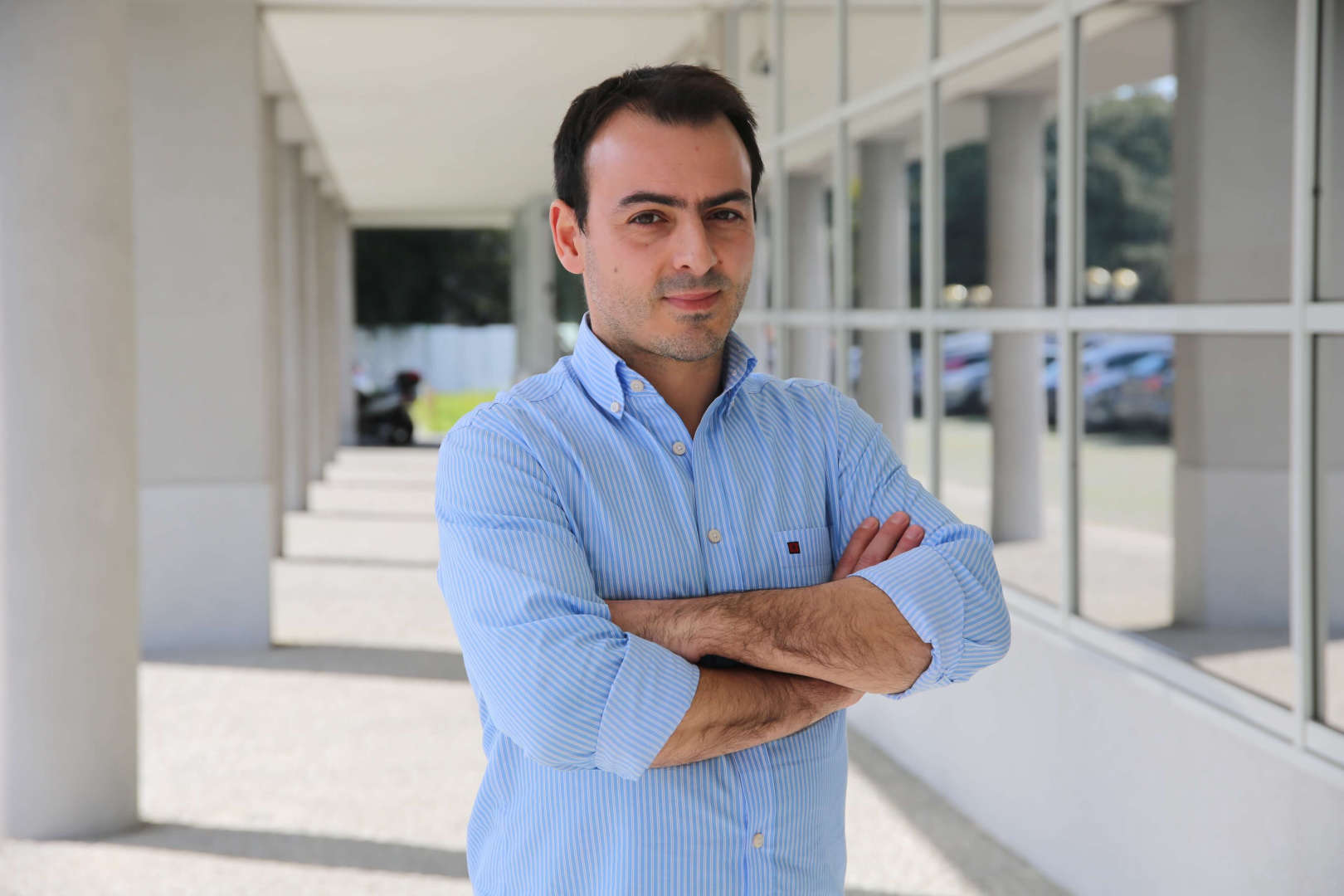About
Filipe Joel Soares received the Physics degree (five-year course) from the Faculty of Sciences and an Electrical Engineering (Renewable Energies) Postgrad from Porto University, Porto, Portugal, in 2004 and 2007, respectively. He also received the Ph.D. degree in Sustainable Energy Systems, in the MIT|Portugal Program, from Porto University, Porto, Portugal, in 2012.
Currently he is a Senior Researcher in the Centre for Power and Energy Systems of INESC Porto and Assistant Professor in the Lusophone University of Porto. His research activity is directed towards the integration of distributed energy resources (i.e. controllable loads, electric vehicles, renewable energy sources and stationary storage) in distribution grids, as well as to the development of advanced algorithms and functionalities for their management and participation in electricity markets.
He is author of more than 50 papers in international journals and conferences.


